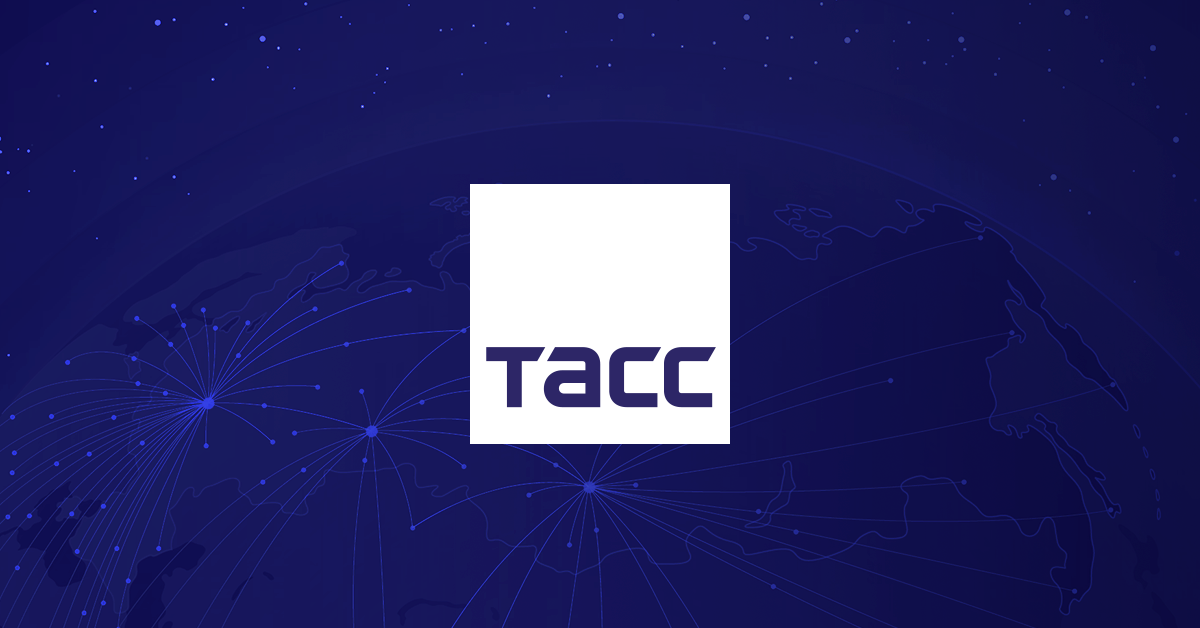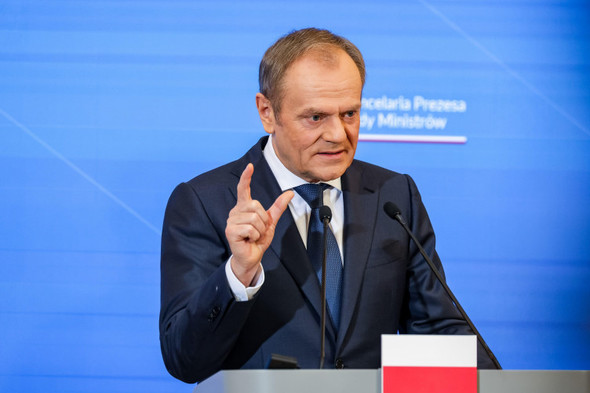UAE's Non-Oil Sector Faces Growth and Challenges
Discover the intricacies behind the UAE's non-oil sector's growth in October, as increasing output battles with softened demand. What does this mean for future business activity?
Published November 06, 2024 - 00:11am

Image recovered from arabnews.com
The UAE's non-oil business sector witnessed a notable evolution in October, as highlighted by S&P Global's Purchasing Managers' Index (PMI), which reached 54.1 in contrast to the previous month's 53.8. This index serves as a critical indicator of the health of the business environment, reflecting changes in economic activity. A reading above 50 signifies an expansion within the sector. The increase was primarily driven by enhanced business activity attributed to rising demand, even as companies worked diligently to manage and reduce backlogs.
Aligned with the broader economic diversification goals shared by its neighboring nations, the UAE has been progressively minimizing its dependence on oil revenue streams. It is channeling more focus into sectors such as tourism, which are set to play a bigger role in its economic landscape. David Owen, a senior economist at S&P Global Market Intelligence, emphasized that the primary factor sustaining the PMI's elevation was the marked expansion in business activities, especially notable since September faced a three-year low.
Interestingly, the pace of non-oil business activity growth improved markedly in October, marking the swiftest increase observed since April. This was in response to higher sales volumes, consistent work pipelines, and a robust number of clients. Conversely, the volume of new orders saw a reduction, hitting its weakest point since February 2023. This slowdown in new orders alongside heightened market competition has posed challenges, contributing to subdued job creation and a reduction in selling charges, noted as the first such price drop in six months.
Amidst these challenges, firms in the UAE's non-oil sector have nonetheless been optimistic about future prospects. Despite a fall in business sentiment to its weakest level in 2024 during September, the outlook improved slightly in October. Stakeholders are generally hopeful, supported by strong sales pipelines, even while acknowledging that uncertainty and stiff competition present prevalent challenges to growth.
In Dubai, a similar pattern was observed. Non-oil companies in the emirate registered a moderation in the improvement of operating conditions in October, with the PMI slipping to 53.2 from September's 54.1. Dubai's businesses experienced the slowest rate of new business intakes since early 2022, largely attributed to increasing market competition and more challenging conditions.
Looking beyond the UAE, Kuwait's non-oil sector displayed signs of rejuvenation, with its PMI climbing to 52.7 in October, the highest in seven months. The recovery was buoyed by expanding output and fresh orders, influenced by strategic measures such as increased advertising and competitive pricing. Many companies also ramped up their purchasing activities.
The revitalization of Kuwait's non-oil sector offers optimism that the recent period of stagnation is being left behind, with hopeful expectations for continued growth throughout the year. Nevertheless, a cautious approach remains, as many firms show reticence in expanding their workforce, pointing toward cost containment strategies as a priority.
The UAE's experience demonstrates both resilience and challenges faced by non-oil economies in the region. While diversified strategies have proven moderately effective, the path forward will require careful adjustment and nimble adaptation to remain competitive and ensure sustainable growth.
Moreover, the observed decline in input prices, coupled with an easing in wage-related costs, provides some respite for firms in maintaining viability amidst heightened competition. Such trends indicate a more favorable environment for continued expansion, despite the headwinds in demand and sales growth.






